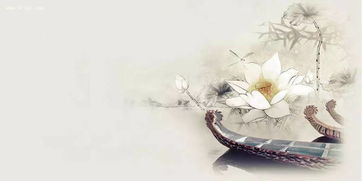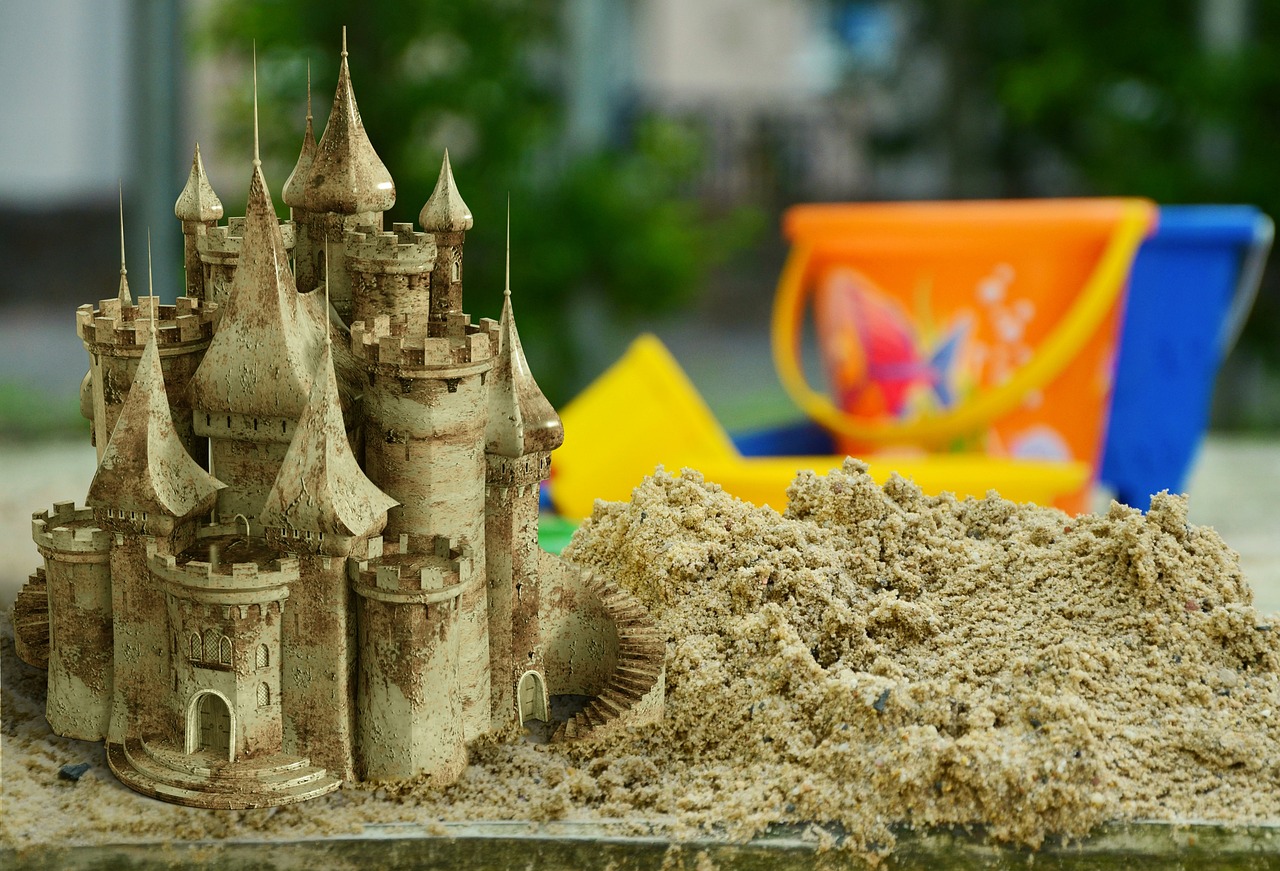Title: Appreciating Italian Ancient Art and Culture
Italy, known for its rich history and cultural heritage, has been a cradle of ancient art renaissance throughout the centuries. From stunning architecture to captivating paintings and sculptures, Italian ancient art reflects the country's deeprooted traditions and stories. Let's delve into the world of Italian ancient art and appreciate its beauty.
1. Italian Renaissance Art:
The Italian Renaissance, which flourished from the 14th to 17th centuries, marked a period of great cultural change and achievement. It gave birth to masterpieces by renowned artists such as Leonardo da Vinci, Michelangelo, and Raphael. The art of this era is characterized by a focus on realism, perspective, and human emotions. Iconic works like Leonardo da Vinci's "Mona Lisa" and Michelangelo's "David" exemplify the brilliance of Italian Renaissance art.

2. Romanesque and Gothic Architecture:
Italy boasts extraordinary examples of Romanesque and Gothic architecture, with cathedrals, churches, and palaces serving as stunning testaments to the craftsmanship of the time. The intricate detailing, towering arches, and majestic domes of structures like the Florence Cathedral and the Siena Cathedral showcase the architectural marvels of ancient Italy.
3. Venetian Painting and Byzantine Influence:
The Venetian school of painting, influenced by Byzantine art, introduced a unique style characterized by rich colors, elaborate details, and a focus on light and shade. Artists like Titian, Giovanni Bellini, and Giorgione contributed to the development of this distinct artistic tradition, with their works displaying a fusion of religious symbolism and naturalistic beauty.
4. Etruscan and Roman Sculptures:
Italy's ancient art history is incomplete without mentioning the Etruscans and Romans, who left behind a remarkable legacy of sculptural art. Etruscan sculptures, known for their terracotta figurines and funerary art, reflect a society deeply connected to spirituality and mythology. Roman sculptures, on the other hand, epitomize the grandeur of the empire, with iconic pieces like the "Laocoon and His Sons" showcasing the mastery of form and narrative.
In conclusion, Italian ancient art offers a captivating journey through time, providing insights into the cultural, religious, and social dynamics of bygone eras. By immersing ourselves in the appreciation of Italian ancient art, we gain a deeper understanding of history and aesthetics, enriching our perspectives and nurturing a profound reverence for human creativity.
Discovering the Beauty of Italian Ancient Art
Italy, renowned for its rich cultural heritage, has been a cradle of ancient art renaissance throughout the centuries. From stunning architecture to captivating paintings and sculptures, Italian ancient art reflects the country's deeprooted traditions and stories. Let's delve into the world of Italian ancient art and appreciate its beauty.
Italian Renaissance Art
The Italian Renaissance, spanning from the 14th to 17th centuries, marked a period of great cultural change and achievement. It gave birth to masterpieces by renowned artists such as Leonardo da Vinci, Michelangelo, and Raphael. The art of this era is characterized by a focus on realism, perspective, and human emotions. Iconic works like Leonardo da Vinci's "Mona Lisa" and Michelangelo's "David" exemplify the brilliance of Italian Renaissance art.
Romanesque and Gothic Architecture
Italy boasts extraordinary examples of Romanesque and Gothic architecture, with cathedrals, churches, and palaces serving as stunning testaments to the craftsmanship of the time. The intricate detailing, towering arches, and majestic domes of structures like the Florence Cathedral and the Siena Cathedral showcase the architectural marvels of ancient Italy.
Venetian Painting and Byzantine Influence
The Venetian school of painting, influenced by Byzantine art, introduced a unique style characterized by rich colors, elaborate details, and a focus on light and shade. Artists like Titian, Giovanni Bellini, and Giorgione contributed to the development of this distinct artistic tradition, with their works displaying a fusion of religious symbolism and naturalistic beauty.
Etruscan and Roman Sculptures
Italy's ancient art history is incomplete without mentioning the Etruscans and Romans, who left behind a remarkable legacy of sculptural art. Etruscan sculptures, known for their terracotta figurines and funerary art, reflect a society deeply connected to spirituality and mythology. Roman sculptures, on the other hand, epitomize the grandeur of the empire, with iconic pieces like the "Laocoon and His Sons" showcasing the mastery of form and narrative.
In conclusion, Italian ancient art offers a captivating journey through time, providing insights into the cultural, religious, and social dynamics of bygone eras. By immersing ourselves in the appreciation of Italian ancient art, we gain a deeper understanding of history and aesthetics, enriching our perspectives and nurturing a profound reverence for human creativity.










